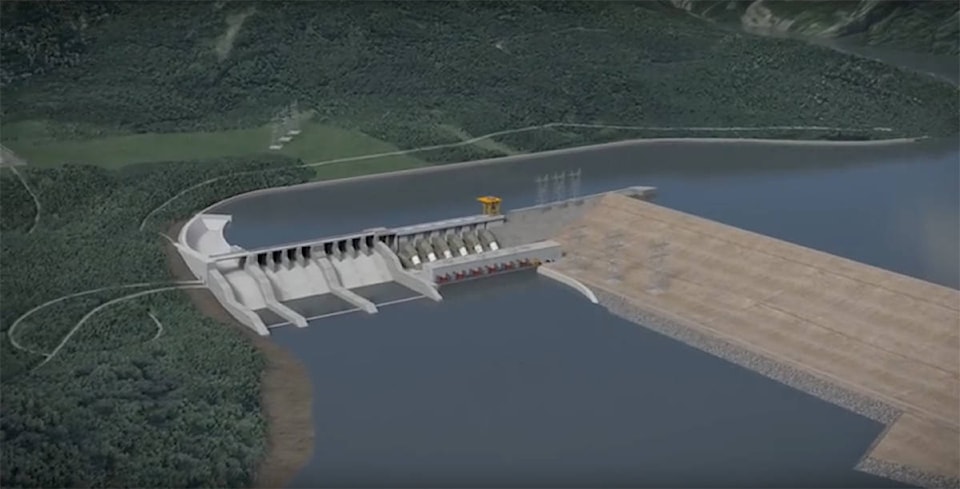Question – will we be paying higher electricity bills to get back some of the money we’ve loaned to BC Hydro for the Site C dam?
A recent study in the USA found that when electric bills go too high, big users go solar, leaving householders and the little guys paying higher rates to compensate. Could that happen here?
We hear a lot about wind and solar power but what about district energy systems? A taxpayer-backed geothermal energy project in north Richmond gives a peek into the future and is another example of why Site C may be outdated already.
The city-owned and award winning Lulu Island Energy Corporation (LIEC) operates the district energy systems (DES) in the city. DES centralizes energy production for servicing residential and commercial customers in a given area.
It produces hot water, steam or chilled water at a central plant, then distributes the energy through underground pipes to buildings connected to the system. Customers use the hot and chilled water for space heating, water heating, processing and air-conditioning needs.
Once the water is used by consumers, it is returned to the central plant to be re-heated and re-chilled then re-circulated through the closed-loop piping system. LIEC is fully supported by user fees with no impact on property taxes.
In other energy news, the provincial government has ordered Progress Energy to drain the water behind two humongous unauthorized dams the company built north of Fort St. John.
The earthen dams, higher than five-storey buildings, went undetected until reported by the Canadian Centre for Policy Alternatives. Progress, (a subsidy of Petronas, the Malaysian state owned LNG company) wanted the dammed water for gas drilling and fracking.
The big dams are two of 16 unauthorized dams in northern BC.
